The Victorian government has released its draft 2025 transmission plan, which sets out the proposed renewable energy zones and transmission projects the state will be needed to deliver power to the state by 2040.
The plan includes a draft of proposed renewable energy zones (REZs), due to undergo public consultations in seven locations, an outline of seven proposed transmission projects, plus a dedicated draft for the Gippsland Shoreline REZ, designed to host onshore connection infrastructure for offshore wind generation.
The plan determines significant renewable energy generation will be needed by 2040 to meet future energy demands, and anticipates 2.7 GW of utility solar will be required, or 5.2 million solar panels as part of that mix, not including rooftop solar.
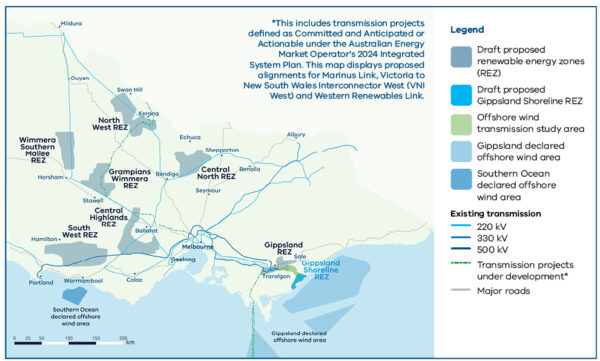
The draft plan sets out 7 draft proposed renewable energy zones.Not-for-profit advocacy for clean energy organisation, the Renewable Energy Alliance (RE-Alliance) responded with a call for more consultation.
RE-Alliance National Director Andrew Bray said rural and regional leaders in Victoria say people in the regions generally support the shift to renewable energy – but there has been a lot of uncertainty about how the shift will happen and what it means for each community.
“The draft Victorian Transmission Plan gives Victorians some clearer direction but the key to its success will be further engagement to finalise the Plan,” Bray said.
“VicGrid needs to have a greater presence in key regions and clearly state how they will work with communities to incorporate local knowledge and feedback as they take their next steps.”
Open for public consultation until 10 June 2025, VicGrid is seeking feedback from First Nations people and communities, landholders, communities and industry.
Bray said the opporunity exists for the federal government to fund local energy hubs in key renewable energy regions.
“With so many government agencies and private companies involved in the shift to clean energy, communities are telling us they need a source of trusted information that can answer their questions as they navigate new renewable energy, battery storage and transmission developments. Local Energy Hubs could provide this,” Bray said.
“These hubs would be physical centres with a strong outreach program, staffed by independent local experts to help build trust and provide accurate information about what’s happening.”
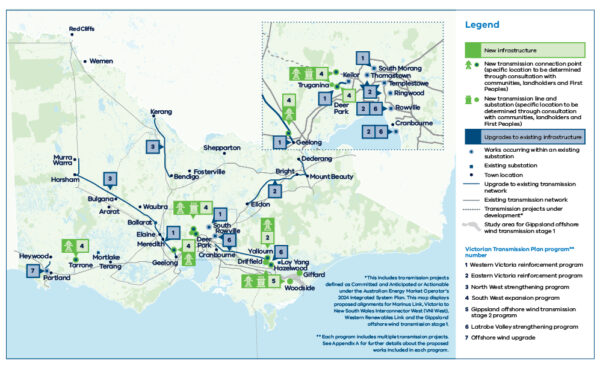
Image: VicGrid
Nexa Advisory Principal Stephanie Bashir said Victorians deserve clean, cheap energy and renewable developers are lining up to build it.
“There is over 16 GW pipeline of proposed onshore wind and solar projects, as well as 5 GW of proposed battery projects – and that’s not even including the various offshore wind development projects that have received feasibility licences,” Bashir said.
“But none of it will happen without an overarching plan and clear planning approval processes for transmission and renewable projects from the Victorian Government. These will be crucial to ensuring reliability after the closure of Yallourn coal fire power station.”
Bashir added Victoria has seen ongoing transmission delays and associated cost increases – including from VNI West, which has seen a 23% cost increase in recent years.
“This is now not expected to be delivered before 2031, well after Yallourn closes.”
This content is protected by copyright and may not be reused. If you want to cooperate with us and would like to reuse some of our content, please contact: editors@pv-magazine.com.
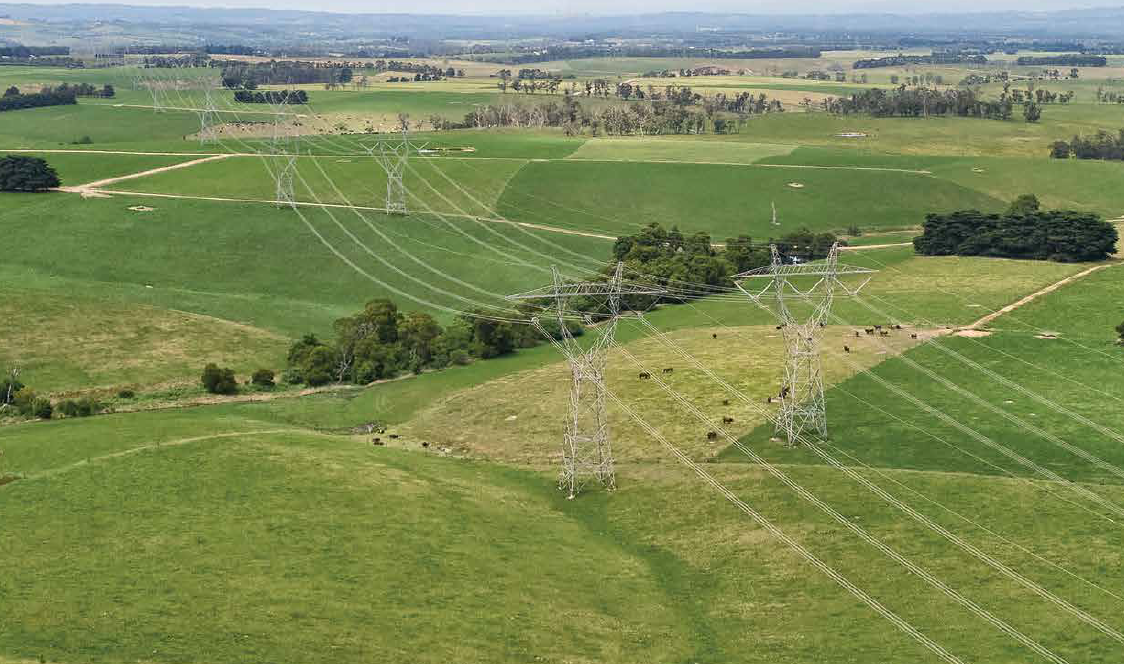
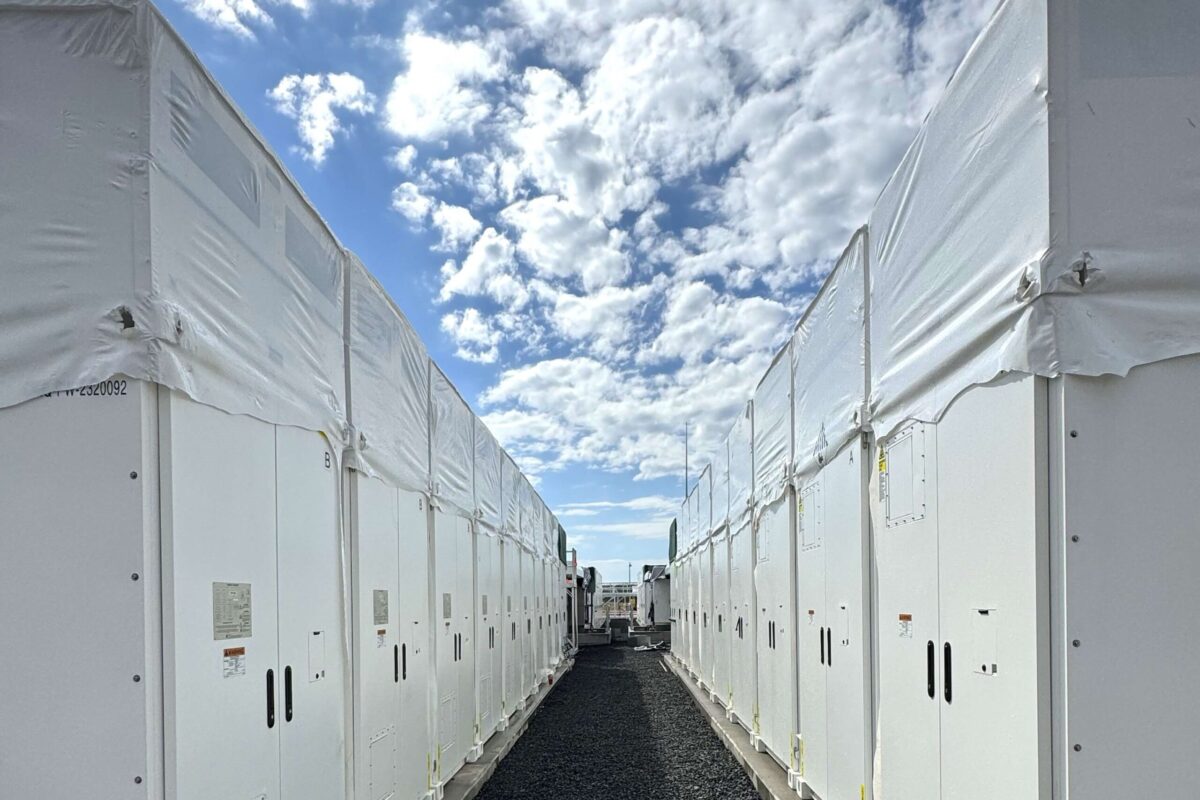


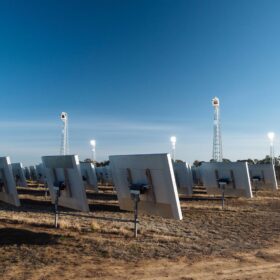

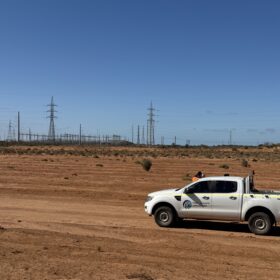
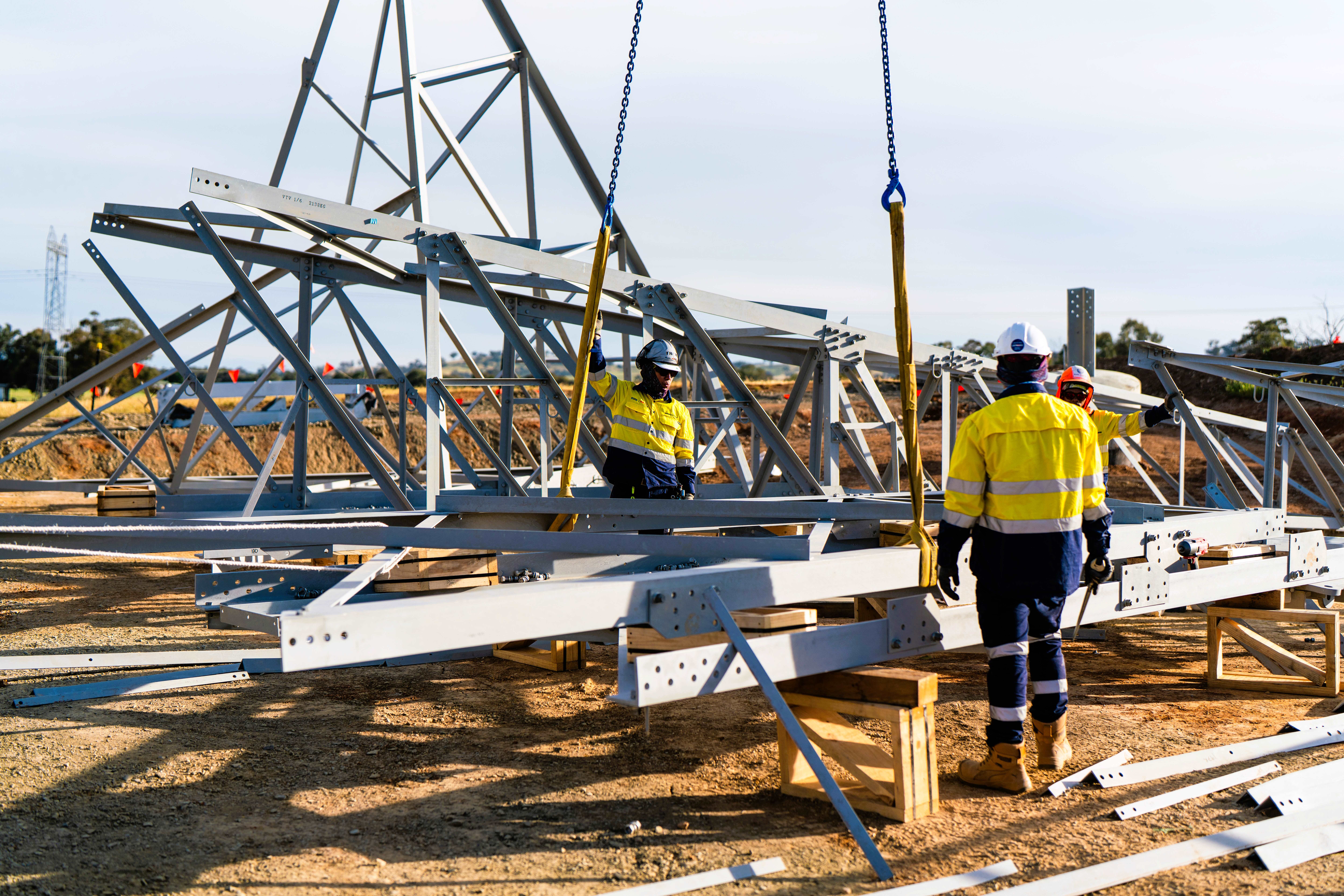
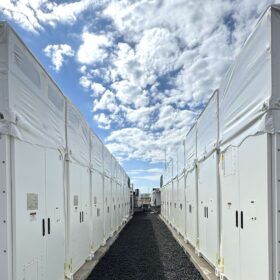
1 comment
By submitting this form you agree to pv magazine using your data for the purposes of publishing your comment.
Your personal data will only be disclosed or otherwise transmitted to third parties for the purposes of spam filtering or if this is necessary for technical maintenance of the website. Any other transfer to third parties will not take place unless this is justified on the basis of applicable data protection regulations or if pv magazine is legally obliged to do so.
You may revoke this consent at any time with effect for the future, in which case your personal data will be deleted immediately. Otherwise, your data will be deleted if pv magazine has processed your request or the purpose of data storage is fulfilled.
Further information on data privacy can be found in our Data Protection Policy.